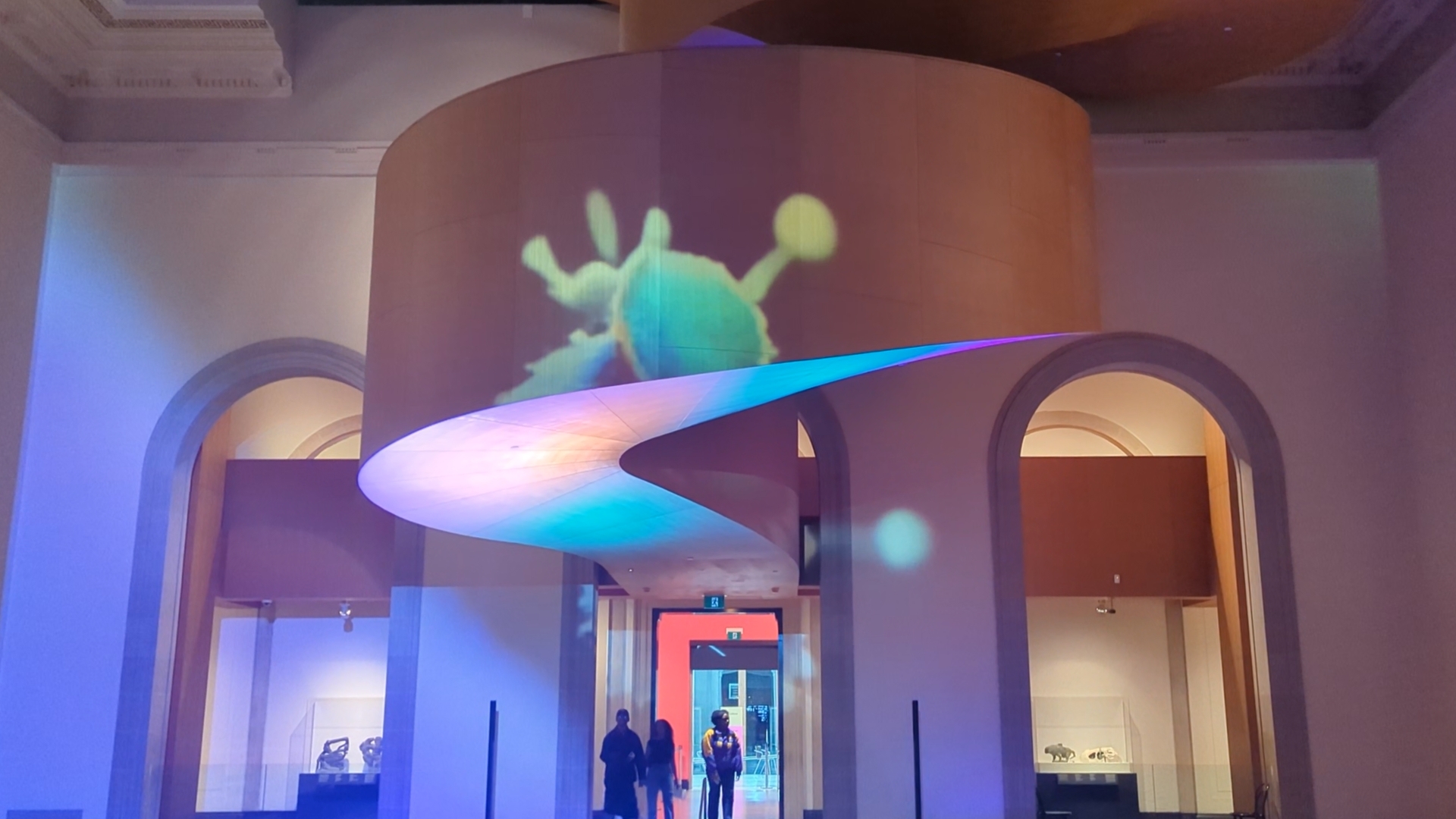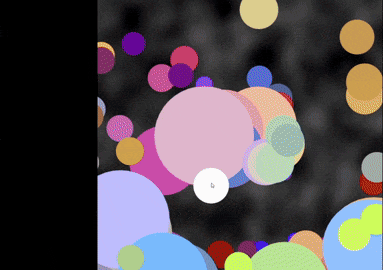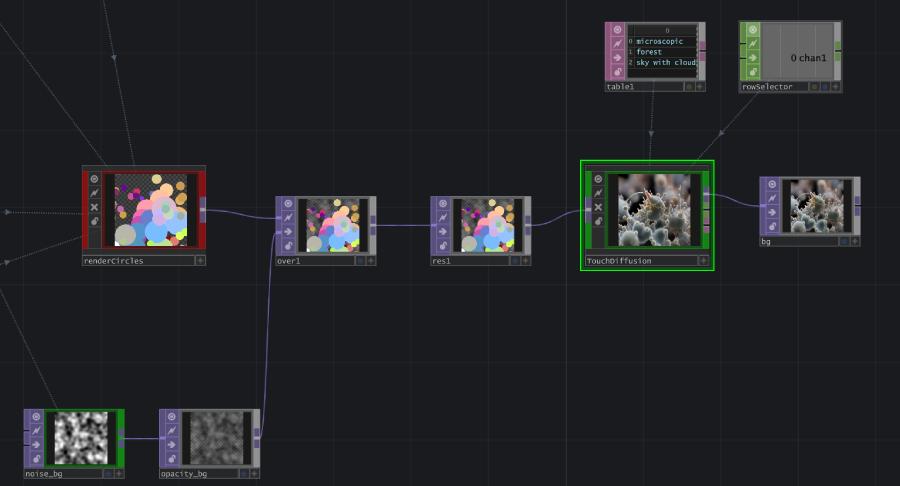The Microscopic
The Microscopic was a public video mapping installation exhibited at the Art Gallery of Ontario in March 2025. I showcased a real-time generative AI animation driven by an interactive
multimodal system. This project explored generative animations assisted by human motion tracking and a generative trained model.

The system used two forms of conditioning for image generation.
- The first was a real-time diffusion model that generated new images via text prompt and layered over a pre-authored animation. This predefined animation acted like a "guide" for the AI to interpret and shape new imagery.
- The second conditioning was gesture-based user input. Through a set of programmed rules, users could partially or fully transform the live animation using their bare hands.

Image conditioning is a powerful concept I just started to understand by the time I was presenting this project. Instead of relying on pure random generation, I explored ways how we can feed our
diffusion model with given prompts to have control over what output we would likely get.
In this case, I created a particle animation composed of high-contrast circular forms. These visuals acted as a strong reference for the model, maintaining coherence while allowing variation through the noise map. Think of it like the model saying: "I can be creative, but this shape looks like it matters, so I’ll preserve it."
In this case, I created a particle animation composed of high-contrast circular forms. These visuals acted as a strong reference for the model, maintaining coherence while allowing variation through the noise map. Think of it like the model saying: "I can be creative, but this shape looks like it matters, so I’ll preserve it."
While this project was enriching, I believe future systems inspired in this use-case can leverage the power of more intuitive gesture controls specially when thinking about use-cases where this systems have to
synch with creative live visual effects. Think of:
- Theatres
- Interactive installations
- Live performances

This type of projects is the perfect scenario to build my way up as a pipeline developer who understand some of these cutting-edge AI vision models as a extension of my current available toolkit for creative
workflows. "AI" didn't create my artwork for the ehxibition, instead, it became a piece inside my pipeline helping me to enhance the visual effects rendering for the animations.
How do we build credibility beyond this AI hype?
Simple, by asking some questions like these:
How do we build credibility beyond this AI hype?
Simple, by asking some questions like these:
- Does it reduce labor time?
- Is this architecture scalable and modular?